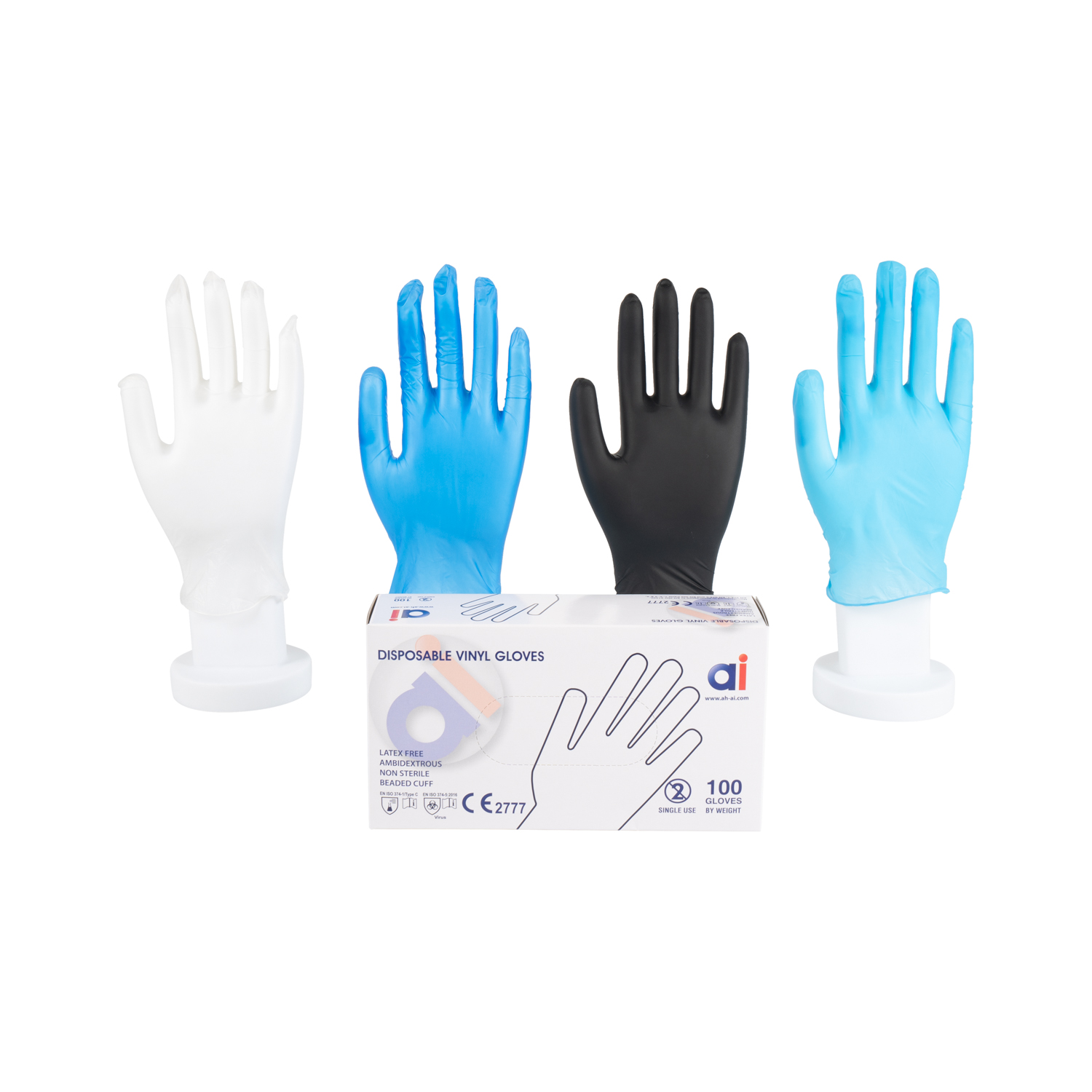
There are no specific differences in the requirements and colors of nitrile gloves in different countries, but they may vary according to local standards and regulations.
As a commonly used protective equipment, nitrile gloves are widely used in many industries. Their specifications and characteristics vary according to specific usage requirements and environments. For example, the size specifications usually include XS, S, M, L, XL and other sizes, the length specifications are 9 inches, 10 inches, 12 inches, etc., the thickness specifications are commonly 0.12mm, 0.4mm, etc., and the cleanliness specifications can be divided into different levels such as Class 100 and Class 1000.
In terms of color, nitrile gloves provide a variety of color options, such as blue, white, purple, black, green, etc. Different colors sometimes have special uses or identification meanings. For example, white is often used in medical, food and other industries, and blue is often used in electronics, laboratories and other industries.
For food-grade nitrile gloves, they need to meet higher hygiene and safety standards. Such gloves should have high elasticity, high adhesion, easy to put on and take off, dipped and molded, strong puncture resistance, oil resistance, and impermeability. At the same time, they do not contain latex ingredients to solve the problem of skin allergies to natural rubber, and are usually universal for both hands and have a comprehensive non-slip design.
In general, although the specific requirements for nitrile gloves may vary from country to country, the standards of most countries are similar in terms of color and basic specifications. When choosing nitrile gloves, the appropriate product specifications and colors should be determined based on the actual usage scenarios and needs.



